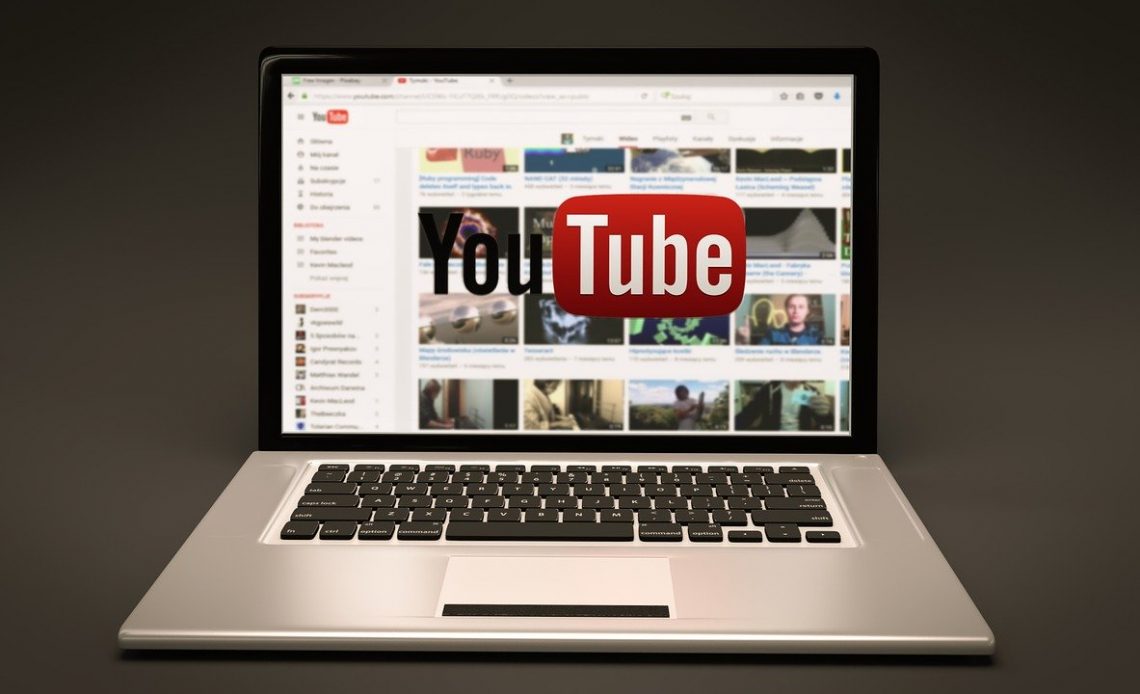
YouTube is stepping up its efforts on ensuring viewers watch content appropriate to them on the platform. The platform will soon rely on more machine learning technology to apply age-restriction labels on videos uploaded on the site.
The Google-owned video platform anticipates more content to be age-restricted as a result, and they are already preparing for that.
“Because our use of technology will result in more videos being age-restricted, our policy team took this opportunity to revisit where we draw the line for age-restricted content,” YouTube says.
“After consulting with experts and comparing ourselves against other global content rating frameworks, only minor adjustments were necessary.”
As such, YouTube’s policy pages have been updated to reflect the new changes. Creators will still be given a chance to appeal the decision.
Traditionally, YouTube has offered creators a way to age-restrict their content where they deem appropriate. Nonetheless, YouTube also has a team that reviews content manually and can apply age-restrictions if they encounter videos inappropriate for under viewers under 18.
An obvious concern for creators that earn with YouTube’s Partner Program is whether the move might affect their revenue. Well, YouTube believes it will have “little to no impact on revenue” because, according to them, most age-restricted videos violate their advertiser-friendly guidelines and therefore have limited or no ads. Additionally, age-restriction might also mean that videos won’t appear on the homepage. According to YouTube, it’s not automatic — age-restricted videos can still show up on the homepage.
The upcoming changes will result in more videos being age-restricted and will need users to sign in their accounts first – so YouTube knows if the content is appropriate for them.
For consistency, age-restricted videos embedded on third-party websites can only be watched after a user has signed in and their age over 18 to view the content.
“This will help ensure that, no matter where a video is discovered, it will only be viewable by the appropriate audience,” YouTube said.
Elsewhere, in Europe, thanks to their stringent regulators, YouTube will expand age-verification – where a user may be requested to provide a valid ID or credit card to verify their age.
All these changes will go in effect “over the coming months.“

